What's really holding your sofa together and why does it matter? When shopping for a new sofa, most people focus on fabric, color, or cushion softness. But beneath the surface lies the frame, the true backbone of your couch. The material used for the frame plays a huge role in how long your sofa lasts, how sturdy it feels, and even how it fits into your space. In this guide, we'll break down the most common sofa frame materials, like wood, metal, and engineered options so you can make a smart, confident choice for your home.
Why Sofa Frame Material Matters
The frame is like the bones of your sofa. It helps your sofa stay strong, last longer, and feel comfy. Here's why it matters:
-
Durability and Lifespan
A strong frame keeps the sofa in shape for many years. Hard wood and metal are the most long-lasting.
-
Weight and Mobility
Some frames are heavy. Others are light. If you move often or like changing your room layout, a lighter frame is easier to carry.
-
Comfort and Support
A good frame helps the cushions stay firm. If the frame is weak, the sofa can sink or wobble.
-
Cost Impact
Stronger frames often cost more. Sofas with hard wood are pricey but last longer. Sofas with soft wood or metal are usually cheaper.
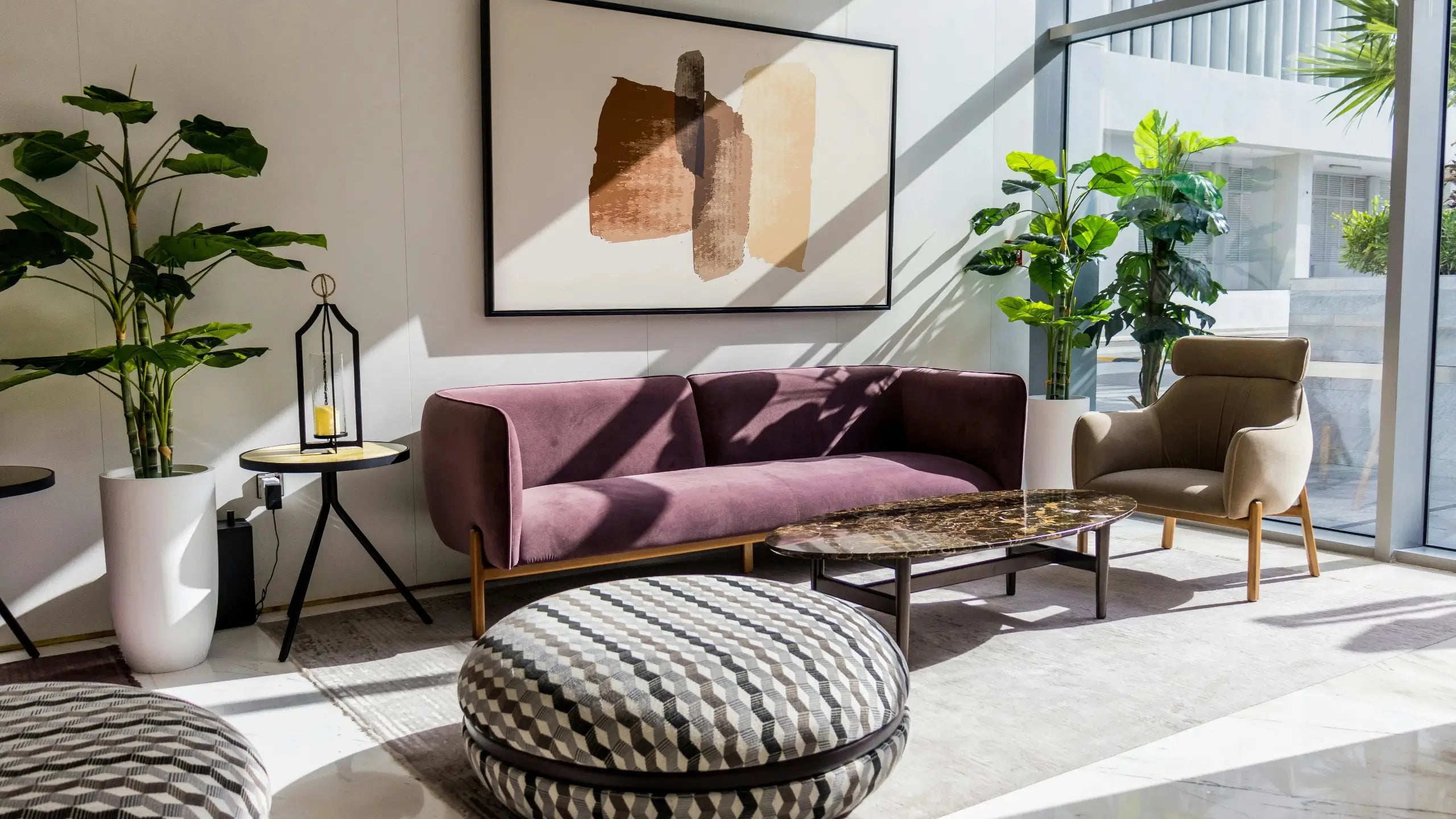
Types of Sofa Frame Materials
Hardwood Frames
Hardwood frames are known for their strength and durability. They are made from solid woods like oak, maple, birch, and ash, which are dense and tough.
- Common woods:You'll often find oak for its rich grain, maple for its smooth finish, birch for its strength, and ash for its flexibility.
- Pros:These frames are strong, resistant to warping, and built to last. They handle daily wear and tear well, making them ideal for busy homes.
- Cons:Because hardwood is dense, these frames tend to be heavier. They also cost more than softwood or engineered options.
- Best for:If you're looking for a sofa that can stand up to long-term use or will be used every day in a high-traffic space, hardwood is a smart investment.
Hardwood may cost more upfront, but it pays off in reliability and comfort over time.
Softwood Frames
Softwood frames are made from woods like pine and fir. These woods are lighter and softer compared to hardwood.
- Common woods:Pine and fir are popular choices because they grow quickly and are easy to work with.
- Pros:Softwood frames are affordable and lightweight, which makes moving your sofa easier.
- Cons:These frames are less durable than hardwood and may warp or bend over time, especially with heavy use.
- Best for:Softwood frames are great if you want a budget-friendly sofa or furniture that you might use for a shorter time.
If you need something light and easy on your wallet, softwood can be a good option, but it may not last as long in busy homes.
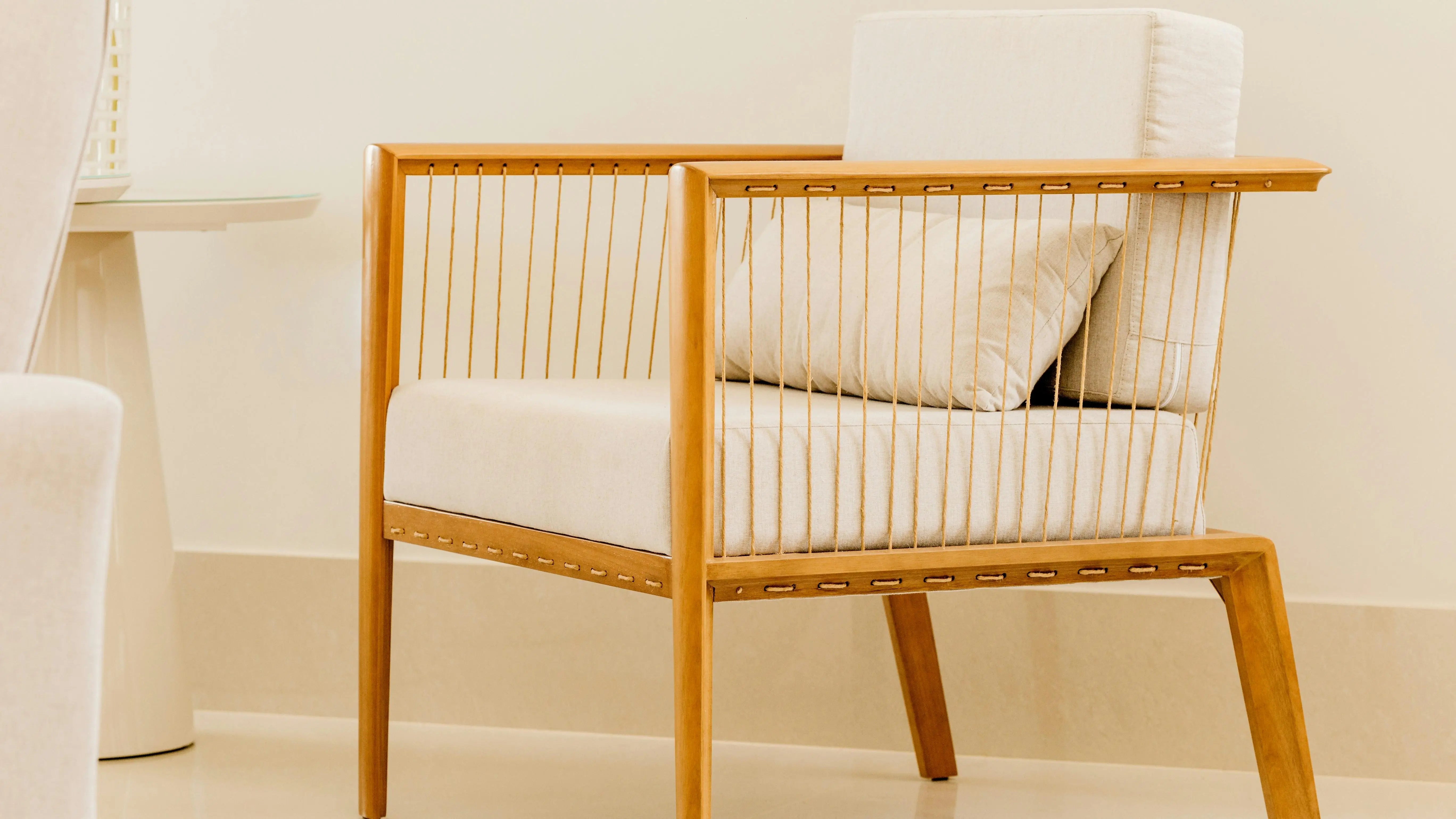
Engineered Wood Frames (Plywood and MDF)
Engineered wood is made by gluing together thin layers or wood fibers to create strong panels. Two common types are plywood and MDF (medium-density fiberboard).
- What it is and how it's made: Plywood is made from layers of wood veneer glued at right angles. MDF is made from wood fibers pressed together with glue.
- Pros: Engineered wood is cost-effective and more stable than softwood. It resists warping better and holds nails and screws well.
- Cons:It is not as durable or strong as solid hardwood, so it may not last as long with heavy use.
- Best for:This type of frame works well for mid-range sofas, balancing price and durability.
Engineered wood gives good strength for the cost, making it a popular choice in many sofas.
Metal Frames
Metal frames, typically made from steel or aluminum, are known for their sleek and contemporary appeal. They offer a solid structure while keeping the overall weight of the sofa relatively low.
- Materials:Most metal frames use steel for durability or aluminum for a lighter build.
- Pros:These frames provide a modern look, are strong, and generally lightweight, making them ideal for moving or rearranging.
- Cons:Over time, they may creak with movement and can feel cold or less cozy compared to wooden frames.
- Best for:If you're going for a minimalist or industrial-style interior, metal frames can be a perfect match.
Mixed-Material Frames
Mixed-material frames combine wood and metal to create a balanced structure that benefits from the strengths of both materials. These hybrid designs are becoming increasingly popular in modern furniture manufacturing.
- Combining wood and metal:The wooden parts often provide warmth and support, while the metal elements add strength and a modern edge.
- Why manufacturers use hybrid designs:This approach allows for greater design flexibility, helps control costs, and improves overall durability without sacrificing aesthetics.
- Pros:Offers a balance of cost and strength, often more stylish and unique than single-material frames.
- Best for:Those looking for customized designs or furniture that blends traditional and modern elements.
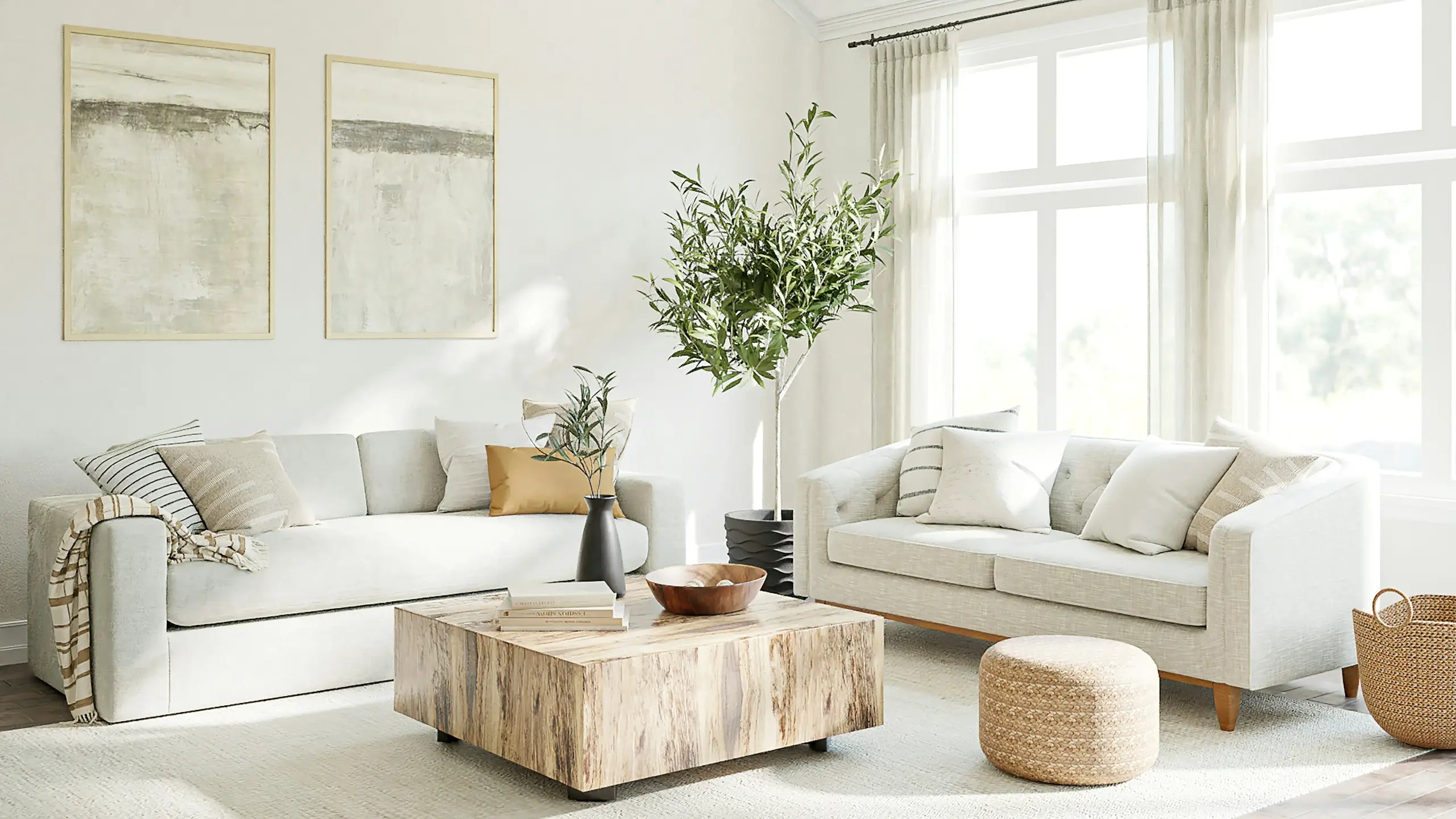
Foam Frames
Foam frames use high-density foam to create a soft, lightweight structure that replaces traditional wood or metal framing. This design is especially common in frameless or modular sofas with a focus on comfort and flexibility.
- Made entirely of foam:These frames are built with layers of supportive foam, giving the sofa a soft shape without hard edges.
- Why manufacturers choose foam:Foam frames are easier to move, safer around kids (no hard corners), and often more affordable to produce.
- Pros:Extremely lightweight, soft and safe, often comes with washable covers.
- Best for:Casual spaces, families with kids, or anyone who wants a cozy, flexible sofa.
Why Frameless Sofas Are a Good Option
Frameless sofas are a great option if you want comfort, flexibility, and a modern look. Without a rigid frame, they feel softer and more relaxed, which is perfect for lounging or casual living spaces. They’re lightweight, making them easy to move and rearrange as your needs change. Frameless designs often take up less visual space, so they’re ideal for small apartments or open-plan rooms. Plus, they usually come with removable covers, which is helpful for cleaning and updating your style. If you love cozy seating with a laid-back vibe, a frameless sofa might be just what your home needs.
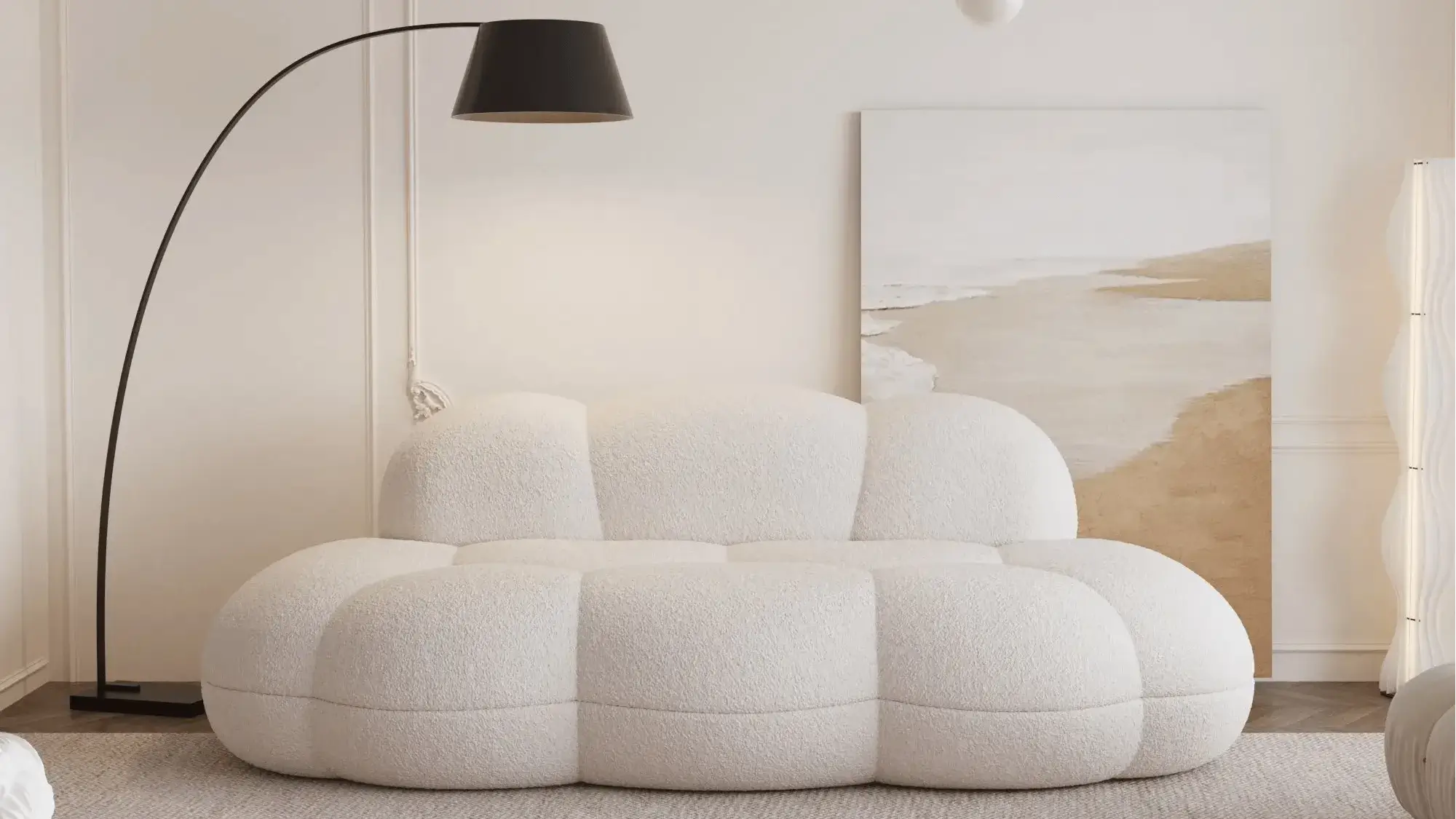
How to Choose the Right Sofa Frame
Consider Your Lifestyle
Think about how you'll use your sofa every day. If you have kids, pets, or lots of visitors, it's better to go with a strong frame like hardwood or metal. These hold up well in busy spaces. But if you live alone or only need the sofa for a short time, softwood or engineered wood might work just fine. Also, if you think you might move soon, a lighter frame like softwood or metal can be easier to carry.
Match with Interior Design Style
Your sofa should match the style of your home. Wood frames look nice in cozy, classic spaces like traditional or farmhouse styles. Metal frames give a clean and simple look, which is great for modern or industrial homes. A mix of wood and metal gives you a bit of both, which works well if you like a mix of styles.
Evaluate Your Budget
Think about how much you want to spend and how long you want the sofa to last. Hardwood frames cost more, but they last a long time. Engineered wood is a good choice if you want something strong but more affordable. If the sofa is just for light use, you can spend less. But if it's going to be your main seat every day, it's worth spending a little more.
Signs of a Quality Sofa Frame
When shopping for a sofa, it's important to check how the frame is built. A strong frame makes the whole sofa last longer and feel more stable.
Look for solid joints instead of parts that are just glued together. Good-quality frames are connected using screws, wooden dowels, or corner blocks. These help hold everything tightly in place and keep the sofa sturdy over time.
Also, test the sofa by giving it a little shake. If it wobbles, creaks, or feels loose, it's a sign the frame may not be well made. A strong sofa frame should feel firm and solid from the start.
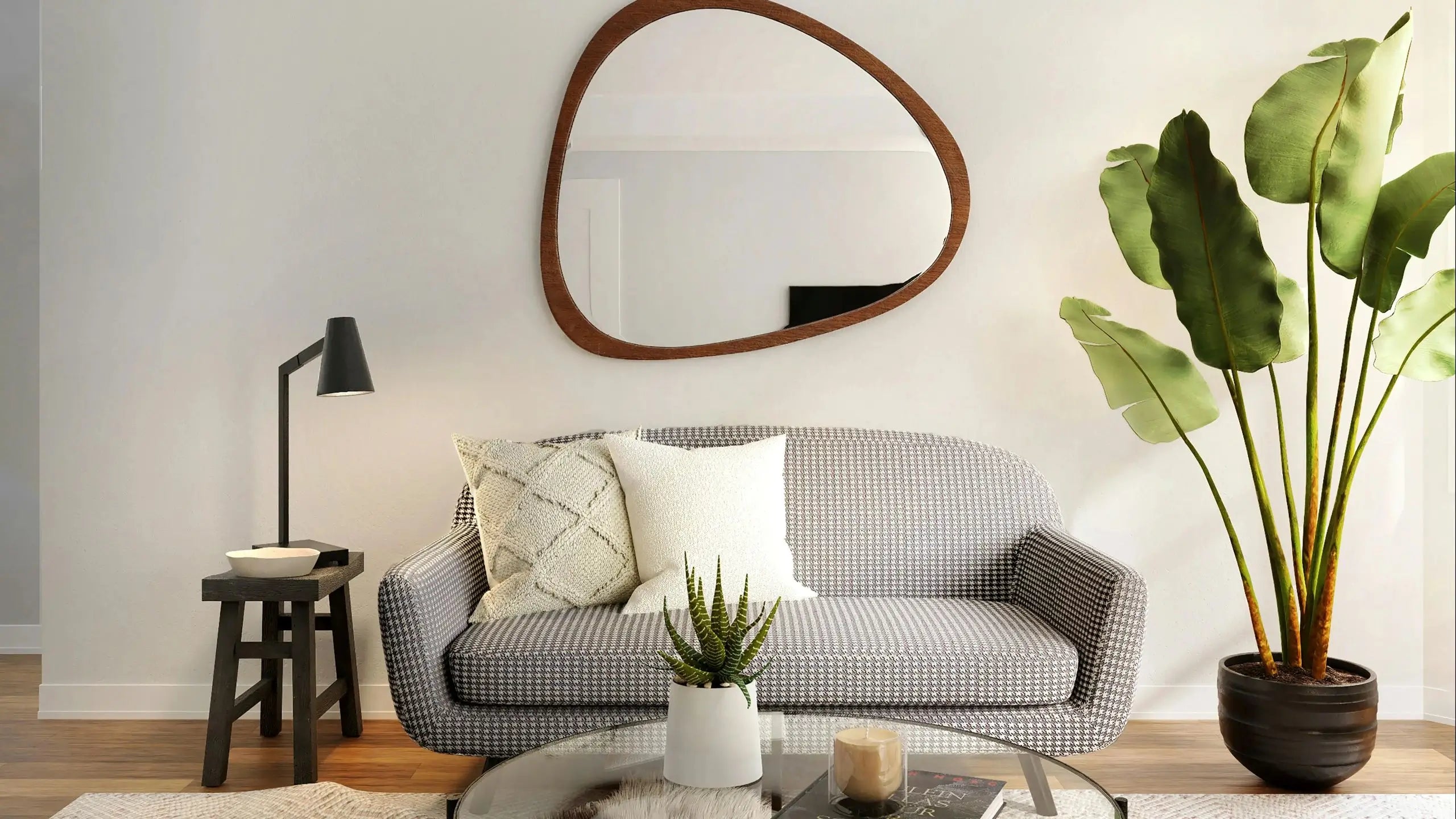
Common Myths About Sofa Frame Materials
Softwood Is Always Bad
Some people think softwood frames are weak and not good. Softwoods like pine are not as strong as hardwoods, but they work fine for light use or cheaper sofas.
Metal Frames Are Uncomfortable
Many believe metal frames make sofas cold or hard. But metal frames are usually covered by cushions. They give strong support and don't make the sofa uncomfortable.
All Plywood Is Low-Quality
Not all plywood is bad. Good plywood can be strong and last long. It's a smart choice for mid-priced sofas. Just avoid low-quality plywood.
Questions to Ask Before You Buy a Sofa
What's the Frame Made Of?
Knowing the frame material helps you understand the sofa's durability and quality. Ask if it's hardwood, softwood, metal, or engineered wood.
Is It Kiln-Dried?
Kiln-dried wood has been heated to remove moisture. This process makes the frame stronger and less likely to warp or crack over time.
How Long Is the Warranty?
A good warranty shows the manufacturer's confidence in their product. Check how long the warranty lasts and what it covers, especially for the frame.
Conclusion
Choosing the right sofa frame affects comfort, durability, and style. Hardwood is strong but costly, softwood is light and affordable, engineered wood offers balance, and metal adds a modern touch. Consider your lifestyle, home style, and budget when deciding.
Not sure which frame suits you? Check WJShome and frame details before buying.




